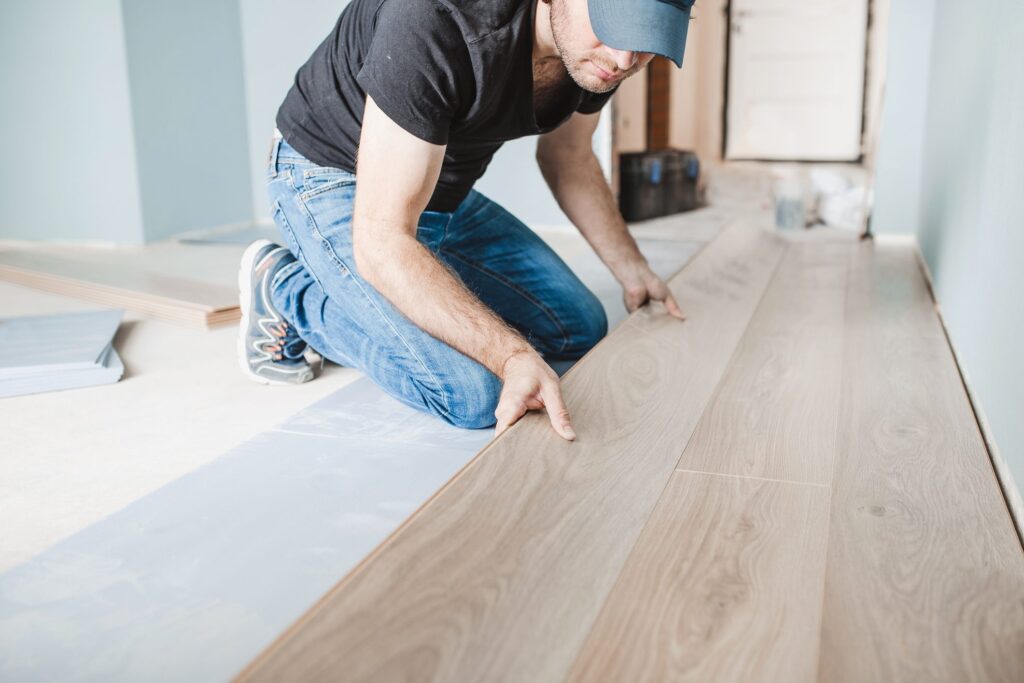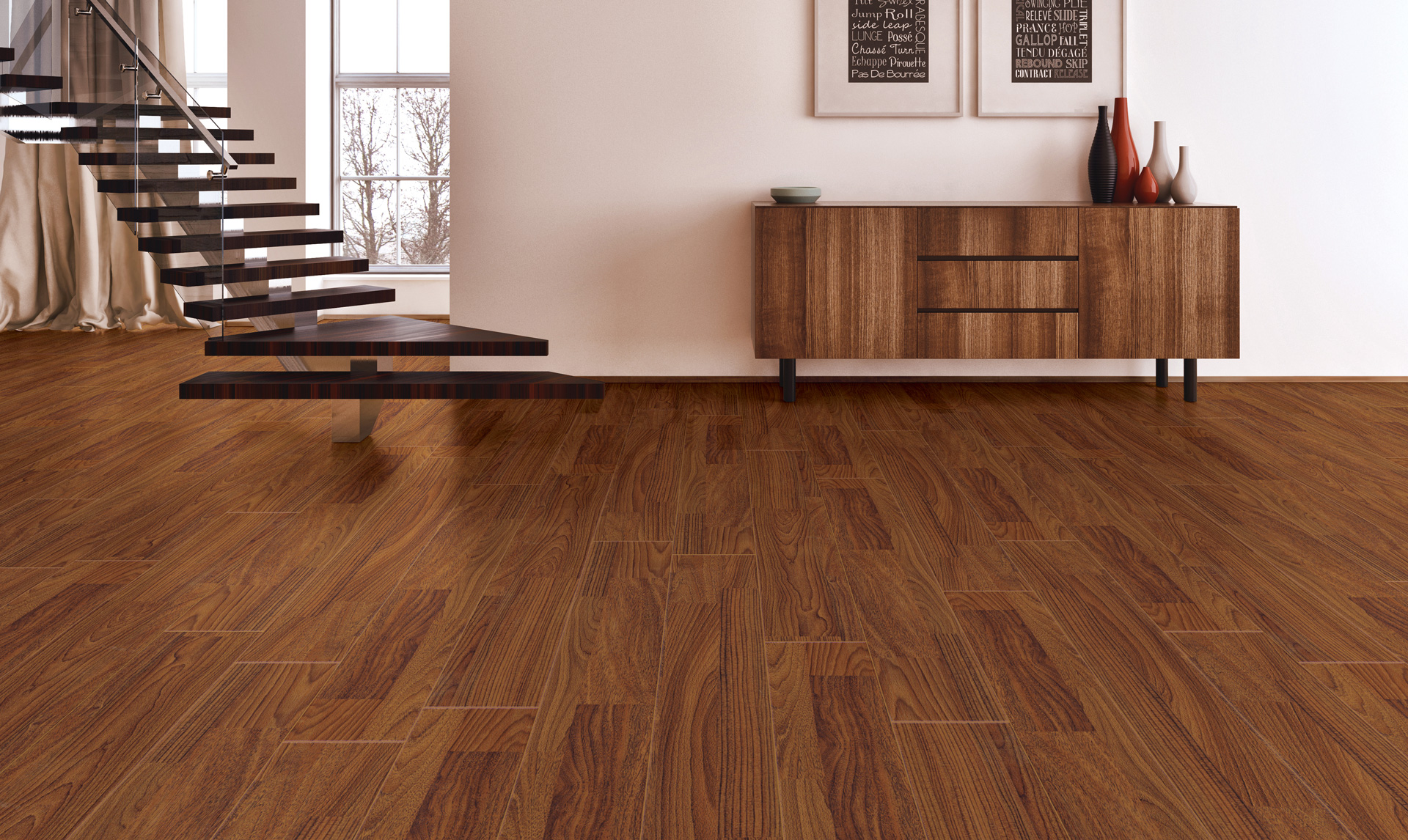Overlay flooring has for some time been a well known decision for property holders looking for a reasonable, low-upkeep flooring choice that offers the vibe of hardwood or tile without the heavy sticker price. Laminate flooring has a lot going for it, like its durability, ease of installation, and wide range of design options. The laminate flooring offers durability and versatility, perfect for busy households seeking a low-maintenance yet stylish flooring solution.
One of the essential contemplations while deciding the reasonableness of cover flooring for a specific room is its protection from dampness. While overlay flooring is moderately impervious to spills and sprinkles, it isn’t completely waterproof. Drawn out openness to standing water or elevated degrees of dampness can cause the overlay boards to expand, twist, or clasp, prompting harm that might be troublesome or exorbitant to fix. Thusly, rooms with elevated degrees of stickiness or dampness, for example, washrooms, pantries, and cellars, may not be ideal possibility for overlay flooring except if extra insurances, like fixing the edges and creases, are taken to safeguard against water interruption.
One more variable to consider is the degree of pedestrian activity and mileage that the room is probably going to encounter. While cover flooring is known for its sturdiness and protection from scratches and imprints, it may not hold up too in high-traffic regions like doorways, corridors, and parlors, where weighty furnishings, pet hooks, and regular people strolling through can negatively affect the surface after some time. In such cases, property holders might need to settle on a stronger ground surface choice, for example, extravagance vinyl board or designed hardwood, that can more readily endure the requests of everyday use.

Moreover, the establishment climate can likewise influence the reasonableness of overlay flooring for a specific room. Overlay flooring is regularly introduced as a drifting floor, implying that it isn’t joined to the subfloor and on second thought depends on a locking component to hold the singular boards or tiles set up. While this establishment strategy makes cover flooring moderately simple to introduce and supplant, it may not be viable with rooms with lopsided subfloors or brilliant warming frameworks, which require a more steady and secure ground surface establishment.
In spite of these impediments, cover deck can in any case be a practical choice for some rooms in the house, especially rooms, work spaces, and lounge areas, where dampness levels are generally low, people strolling through is moderate, and the deck surface is less inclined to be exposed to unnecessary mileage. With legitimate consideration and upkeep, cover ground surface can give a strong and appealing deck arrangement that adds warmth and style to any room in the house.
In Conclusion, while cover flooring offers many advantages, including reasonableness, sturdiness, and simplicity of establishment, it may not be appropriate for all rooms in the house because of its constraints with respect to dampness opposition, solidness, and establishment prerequisites. Easy installation and cost-effectiveness make laminate flooring a popular choice for homeowners aiming for a beautiful yet practical floor covering.












+ There are no comments
Add yours